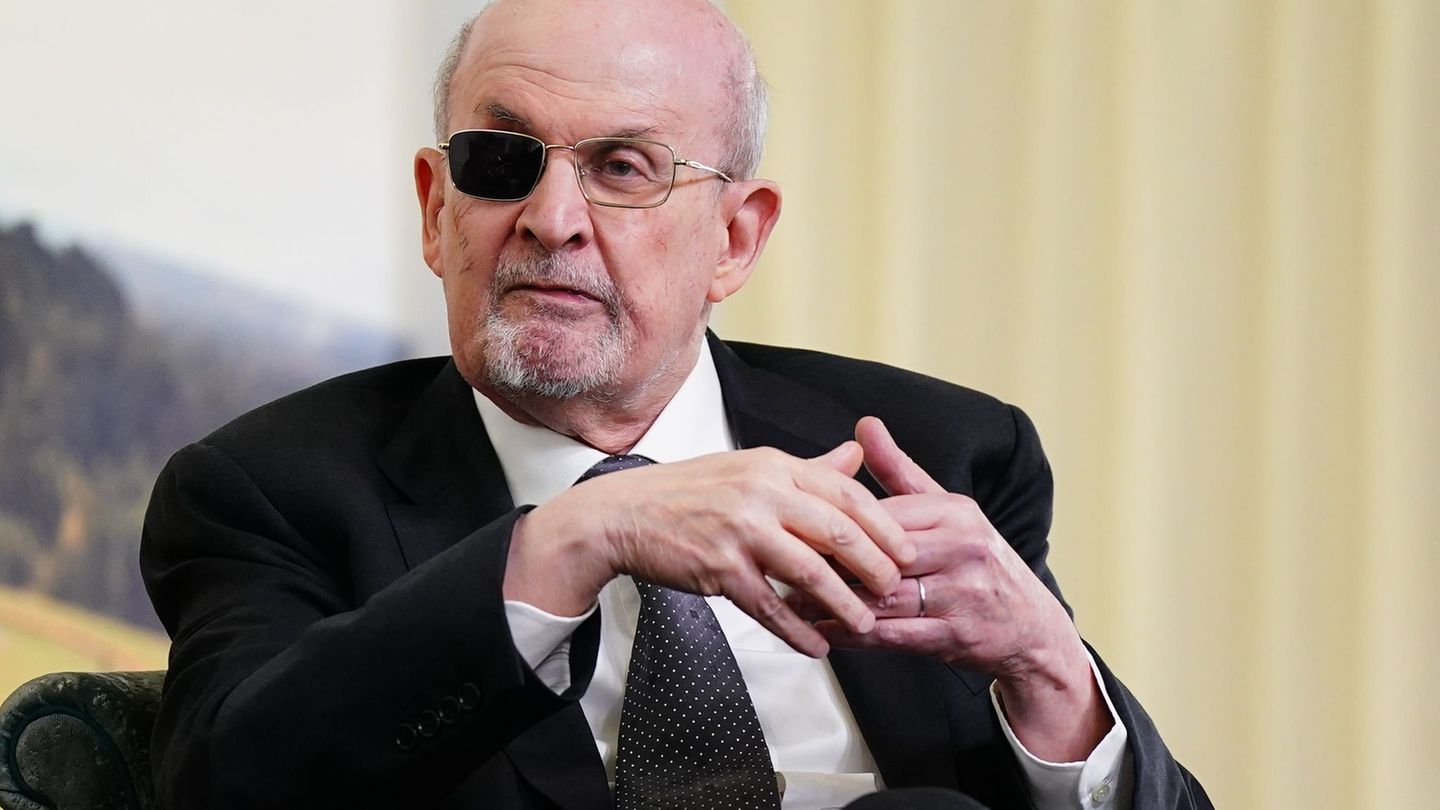I have been working in the news industry for over 6 years, first as a reporter and now as an editor. I have covered politics extensively, and my work has appeared in major newspapers and online news outlets around the world. In addition to my writing, I also contribute regularly to 24 Hours World.
Menu
Questions and Answers: Showdown for Cannabis Law
Categories
Most Read
Humanitarian crisis: Sudan’s army loses last major city in Darfur region
October 27, 2025
No Comments
Venezuela: USA sends bombers off the coast of the Caribbean country again
October 27, 2025
No Comments
Brazil: How a mother and her children escaped the flood
October 27, 2025
No Comments
Donald Trump is again flirting with a third term in office
October 27, 2025
No Comments
Madrid: Spain facing government crisis: Catalans break with Sánchez
October 27, 2025
No Comments
Latest Posts

Jair Bolsonaro will appeal his 27-year prison sentence
October 28, 2025
No Comments
October 28, 2025 – 00:13 The former president of Brazil is serving a sentence after being held responsible for leading a criminal organization to stay

Lionel Messi once again questioned his participation in the 2026 World Cup: “I will evaluate it day by day”
October 28, 2025
No Comments
October 28, 2025 – 00:11 In an interview, the captain of the Argentine National Team acknowledged that he will define his presence in the next

People: Author Salman Rushdie continues to struggle with the consequences of the attack
October 28, 2025
No Comments
Lisa HarrisI am an author and journalist who has worked in the entertainment industry for over a decade. I currently work as a news editor
24 Hours Worlds is a comprehensive source of instant world current affairs, offering up-to-the-minute coverage of breaking news and events from around the globe. With a team of experienced journalists and experts on hand 24/7.

